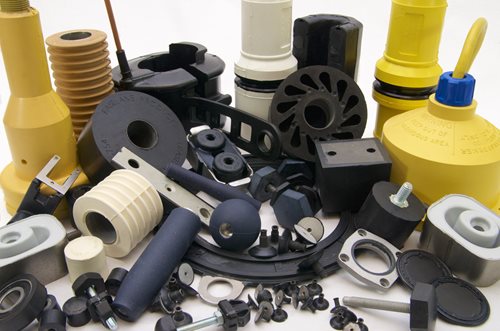Exploring the Fundamentals of a Rubber Metal Bond
A rubber-metal bond is a crucial engineering technique used to combine the resilience of rubber with the robustness of metal. This bond finds extensive application in various industries, including automotive, aerospace, and manufacturing, due to its ability to withstand extreme conditions and provide effective vibration isolation.
The key elements that define a strong rubber-metal bond are adhesive, surface preparation, and curing. The adhesive is the heart of the bond, as it ensures a secure and long-lasting connection between the rubber and metal surfaces. Different types of adhesives, such as epoxies, urethanes, and cyanoacrylates, offer varying levels of strength and flexibility to suit specific applications.
Surface preparation is a critical step that involves cleaning, degreasing, and roughening the metal surface to enhance adhesion. Proper surface treatment ensures that any contaminants or oxidation layers are removed, allowing the adhesive to create a strong molecular bond with the metal.
Curing, the process of allowing the adhesive to set and reach its full strength is equally vital. Depending on the adhesive type, curing can be achieved through heat, moisture, or chemical reactions. Adequate curing time and conditions are necessary to achieve optimal performance and longevity of the rubber-metal bond.
Discover the essential elements of a rubber-metal bond and understand the key factors that contribute to its strength and durability.



